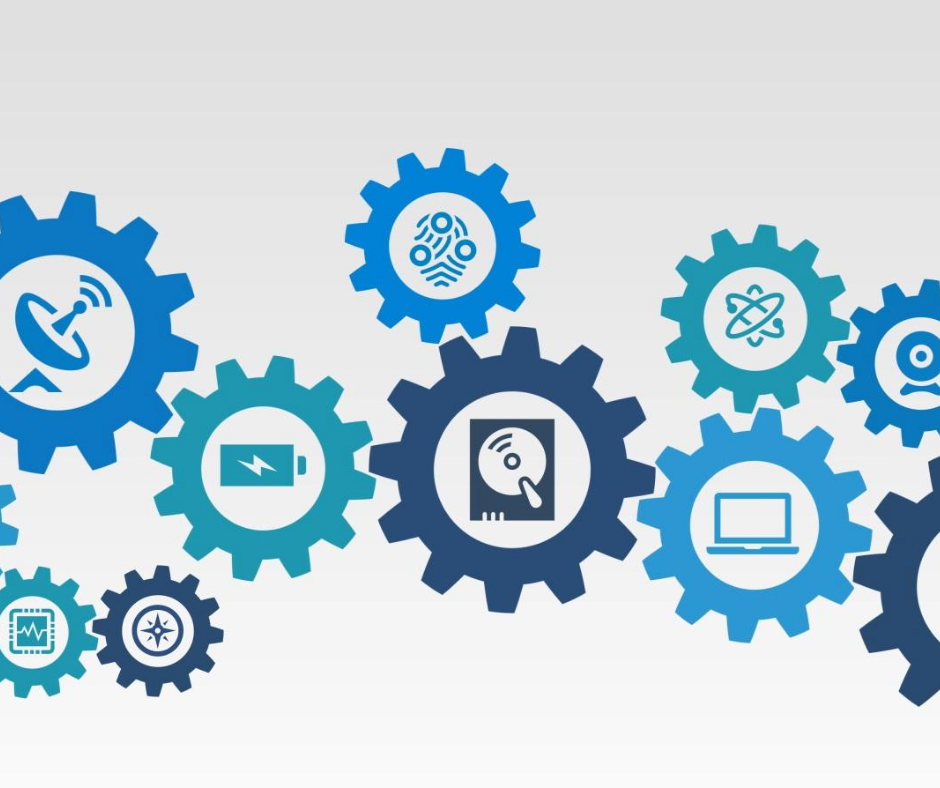In the last months, COFEPRIS has been implementing different activities to digitalize new procedures focusing on a paperless policy. In this article, we briefly describe the expected digitalization transfer and how the regulatory process in Mexico may be impacted.
COFEPRIS has initiated an ambitious project to digitalize the regulatory processes in a similar way to other regulatory agencies. The aim of this transition to paperless systems is to speed up the response times, reduce bureaucracy, eliminate corruption, and dismiss discretionary practices.
The first stage in this strategy was concluded in 2019, which mainly consisted on performing a full diagnosis of the current process.
The second stage has been implemented on September 1, 2020. Specifically, COFEPRIS released a new electronic system to schedule the submission of requests and procedures in the Integral Service Center (CIS). It is worth mentioning that in order to use this new system, an electronic signature, known as e.firma, is needed. Specifically, the e.firma is a confidential file used to retrieve financial and taxes information from the company. In addition, this electronic signature is only granted to legal entities located in Mexico.
The above changes will bring benefits for the COFEPRIS and users of their services. Even when COFEPRIS is still accepting priority requests, the CIS have been opened for all users since September 1, 2020 with strict hygienic measures to avoid the propagation of COVID-19.
The third stage of this project consist in the process mapping, analysis and design of optimal procedures and simplified pathways for its digitalization.
The intention of COFEPRIS is to optimize requests through the standardization and reduction of processes. They are also looking to digitalize the whole regulatory procedures. As an example of this, all type of Import Permits are requested digitally in VUCEM.
Thanks for reading this article. For more information, check similar notes in our Guides.

